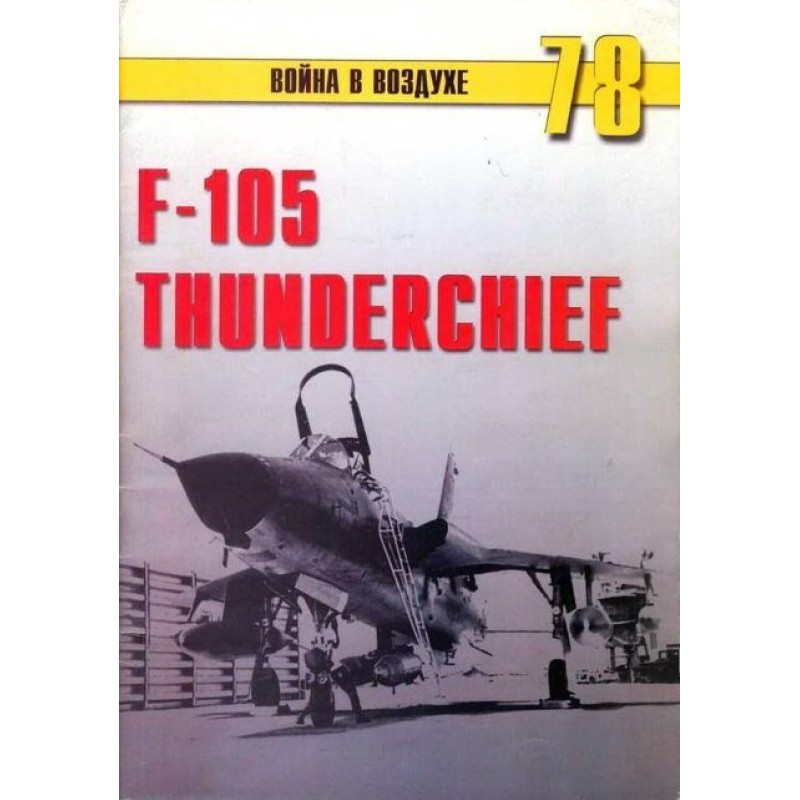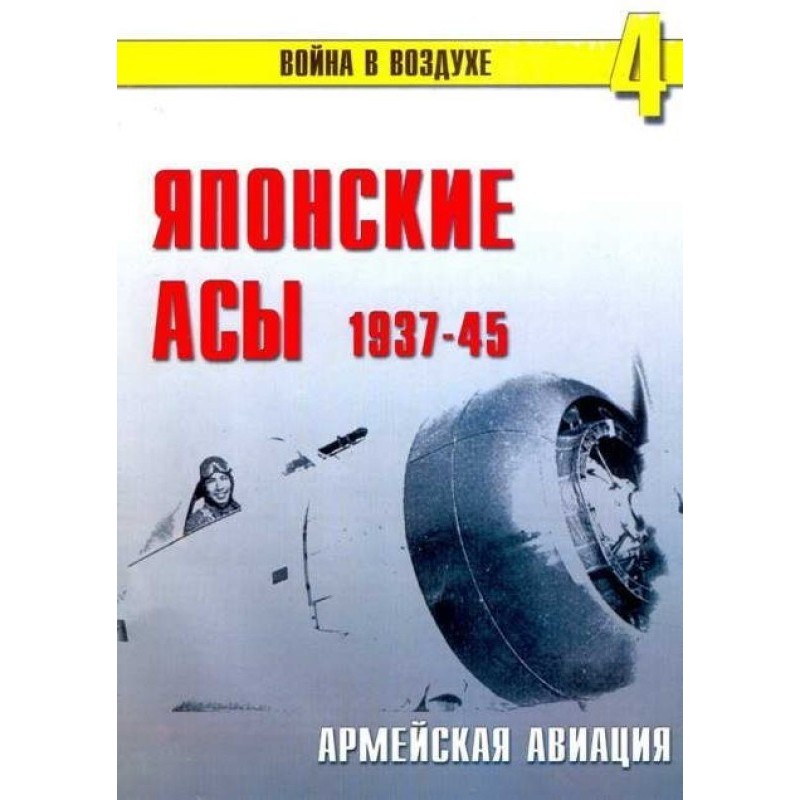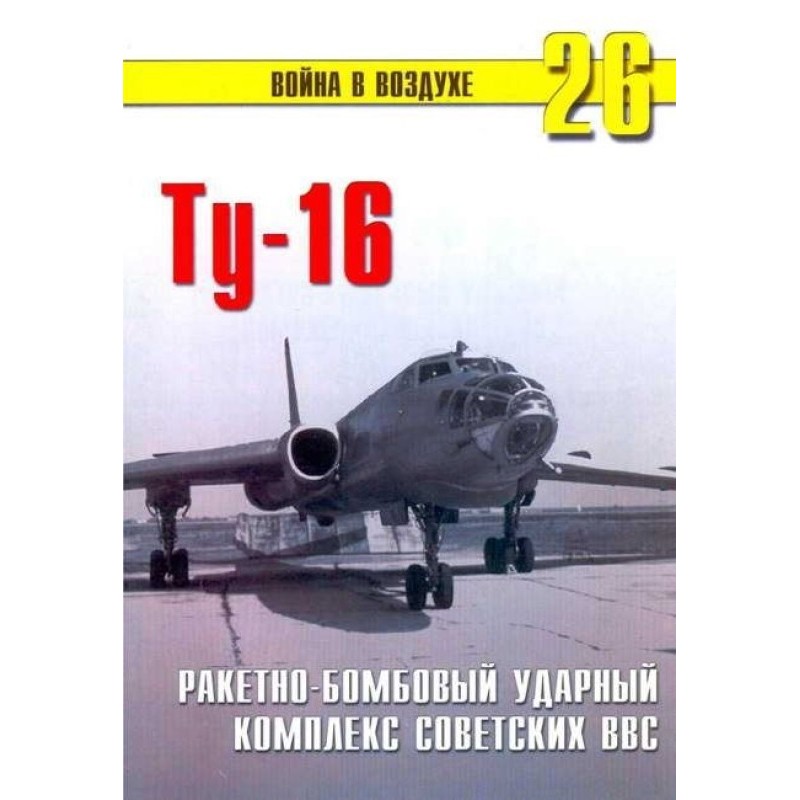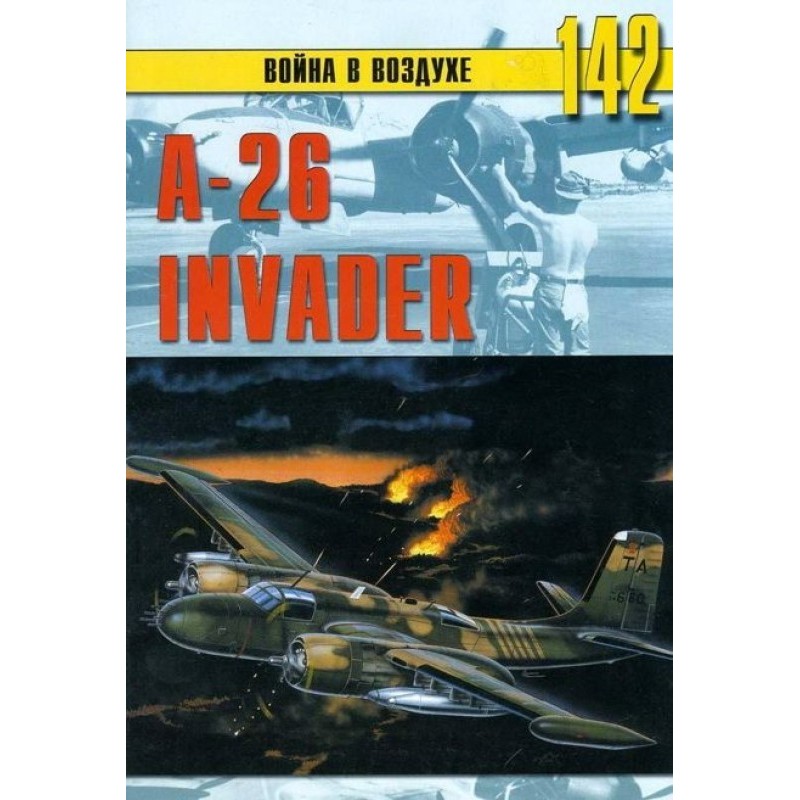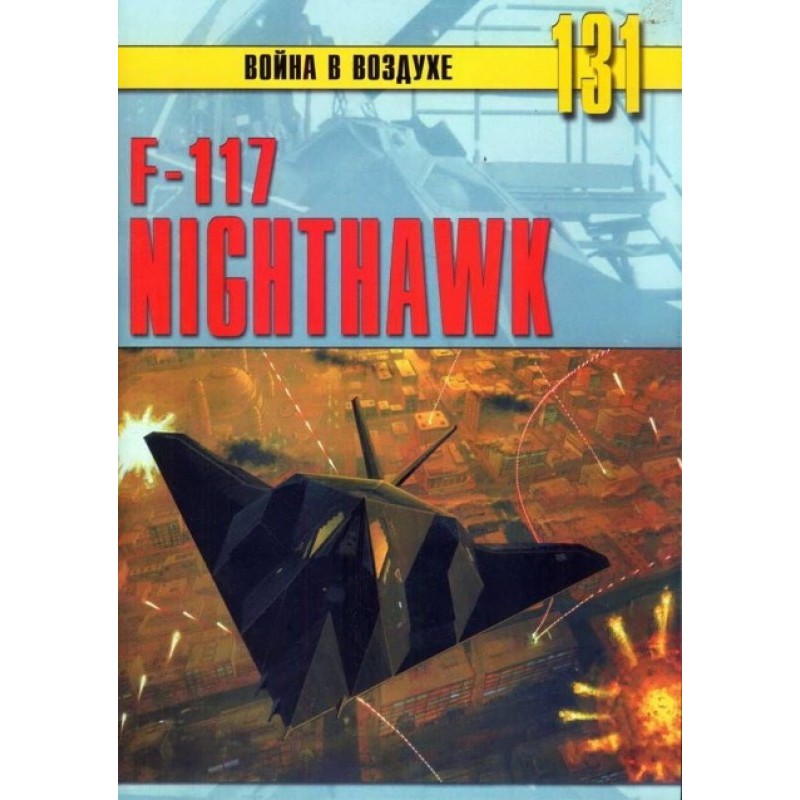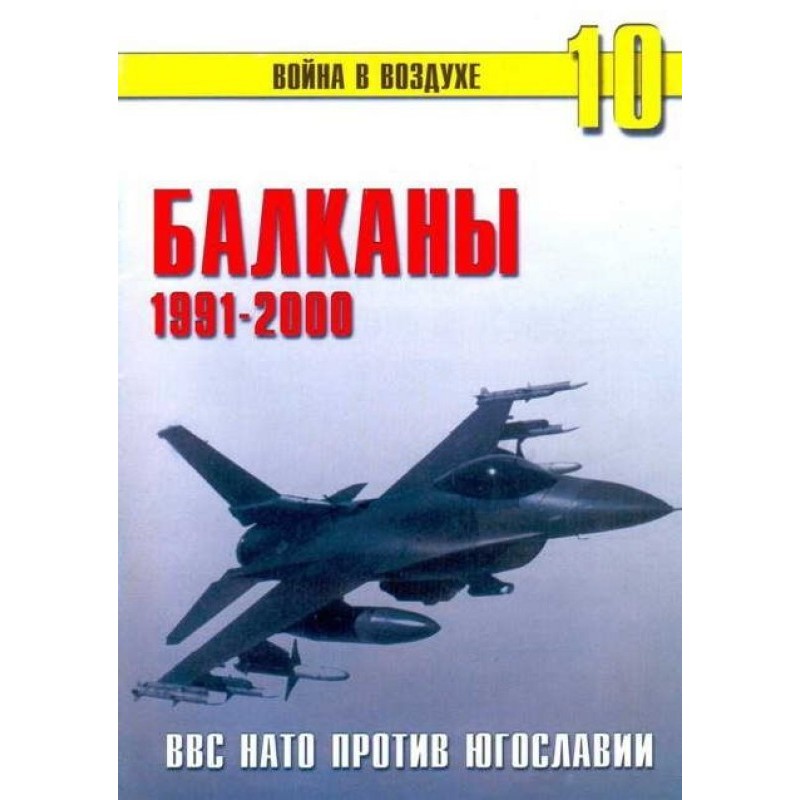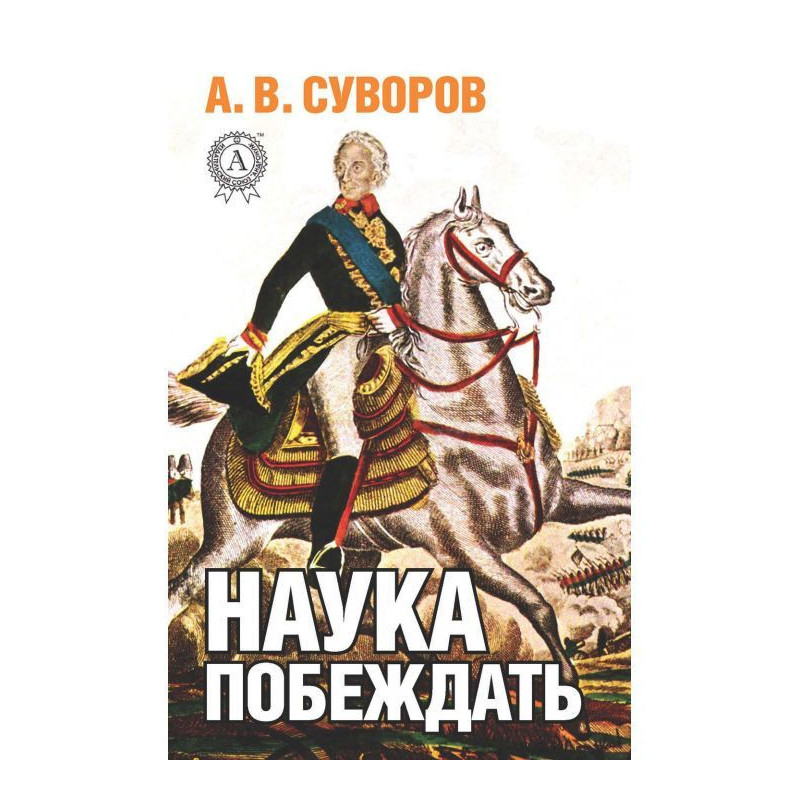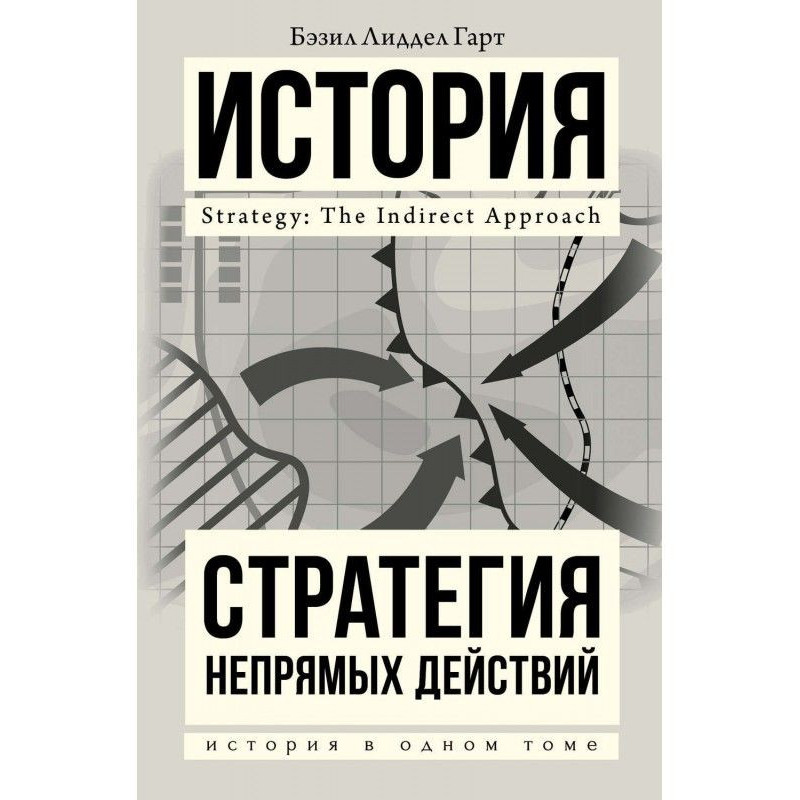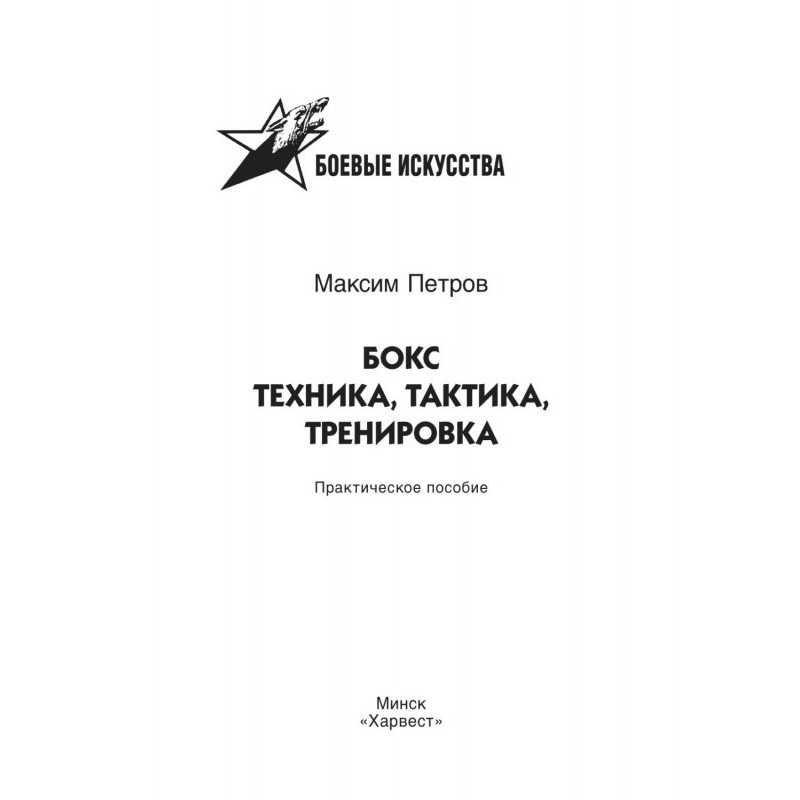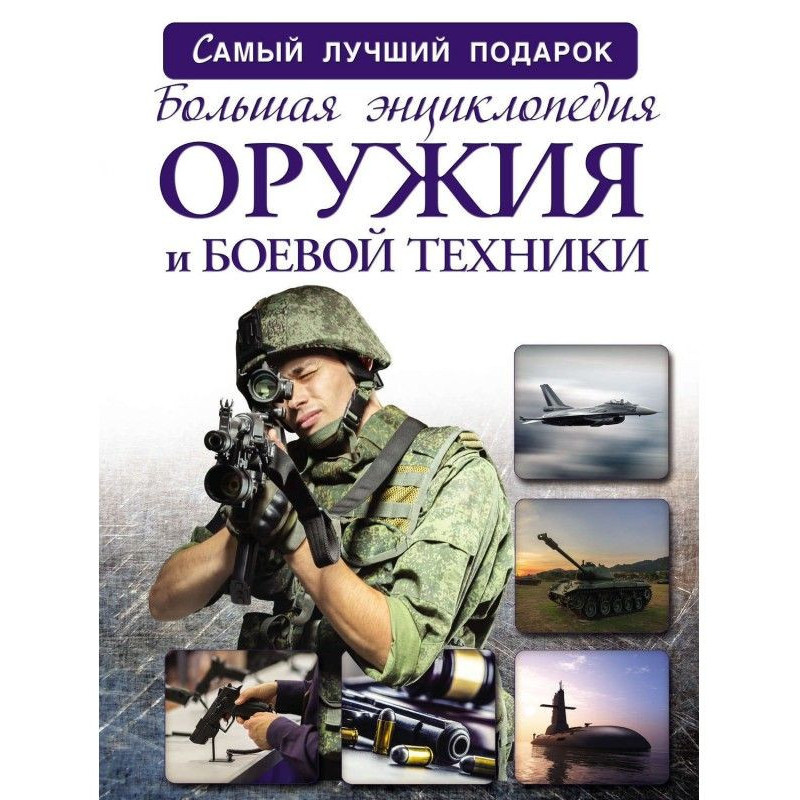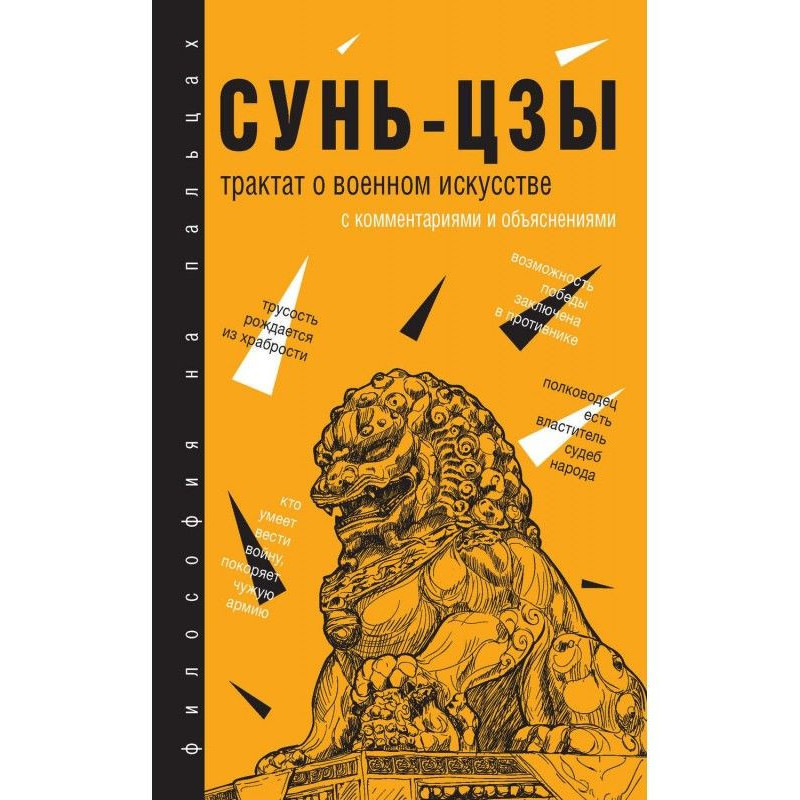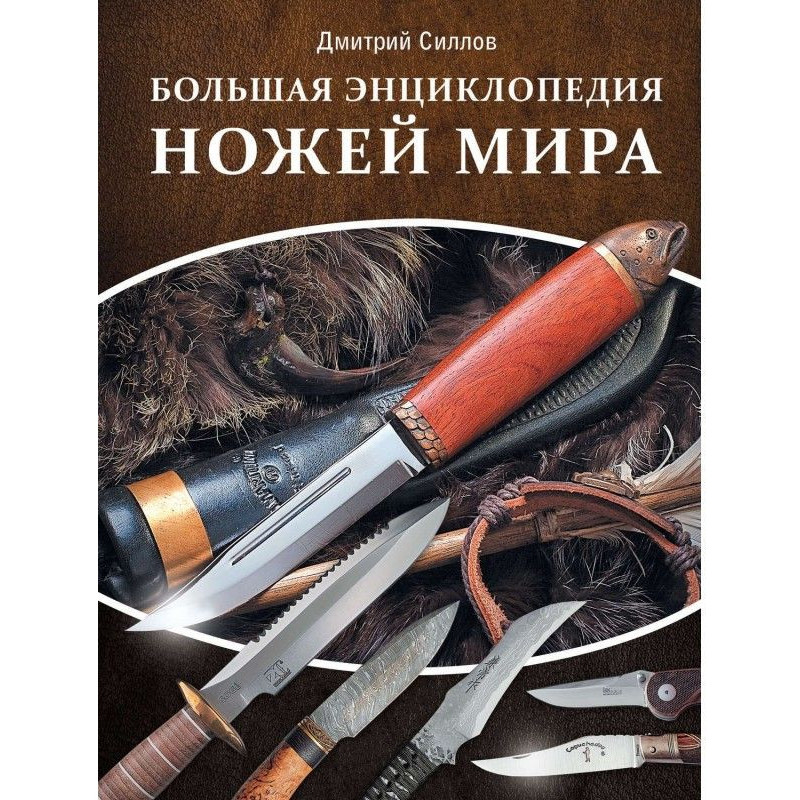Balkans 1991-2000 NATO Air Force against Yugoslavia
 Instant download
Instant download
after payment (24/7)
 Wide range of formats
Wide range of formats
(for all gadgets)
 Full book
Full book
(including for Apple and Android)
After the collapse of the Socialist Federal Republic of Yugoslavia in 1991, the Balkan Peninsula plunged into the abyss of internecine wars. The series of military conflicts began in June-July 1991 with the Slovenian War of Independence, followed by the Serbo-Croatian conflict of 1991-92. From 1992 to 1995, the war between the Serbs and Croats subsided somewhat, but in the spring of 1995 the Croats launched a series of offensive operations. In April 1992, a civil war began between the Serbs, Croats and Muslims who inhabited the once union republic of Bosnia-Herzegovina. UN peacekeeping forces and NATO aircraft appeared in the Balkans in 1992, but their presence was little felt until the fall of 1995. The November 1995 Dayton peace accords provided a broad gateway for NATO's entry into the former Yugoslavia. Within the framework of the North Atlantic bloc, the Implementation Force (IFOR) and the Stabilization Force (SFOR) were formed. The Dayton agreements did not address the Kosovo problem. This province of Serbia was inhabited mainly by Kosovars - ethnic Albanians. The storm in the Balkans reached Albania in 1997, and European peacekeeping forces were brought into the country under the auspices of Italy. After the events in Albania, the situation in Kosovo worsened even more, and in 1998, according to the West, it became simply critical. A real war began in the province, into which NATO did not fail to get involved. Note: A complete set of illustrations, arranged as in a printed publication, text captions for illustrations, ordered tables.
Data sheet
- Name of the Author
- Альманах «Война в воздухе»
П. Сергеев Н. - Language
- Russian
Reviews
Глибоке занурення в історію Балканських конфліктів
Книга "Балкани 1991-2000: ВПС НАТО проти Югославії" є надзвичайно важливим внеском у розуміння складної історії цього регіону. Автор детально описує події, які призвели до розпаду Югославії, і надає читачеві можливість зрозуміти причини міжусобних воєн, що спалахнули на Балканах. Від війни за незалежність Словенії до громадянської війни в Боснії та конфлікту в Косові – кожен етап розглядається з історичної та політичної точки зору. Книга не лише інформує про факти, але й аналізує роль міжнародних сил, зокрема НАТО, у вирішенні конфліктів. Ілюстрації та таблиці, що супроводжують текст, роблять матеріал ще більш доступним та зрозумілим. Це видання буде корисним не лише для студентів історії, але й для всіх, хто прагне глибше зрозуміти складну політичну ситуацію на Балканах. Рекомендую всім, хто цікавиться історією та міжнародними відносинами!


